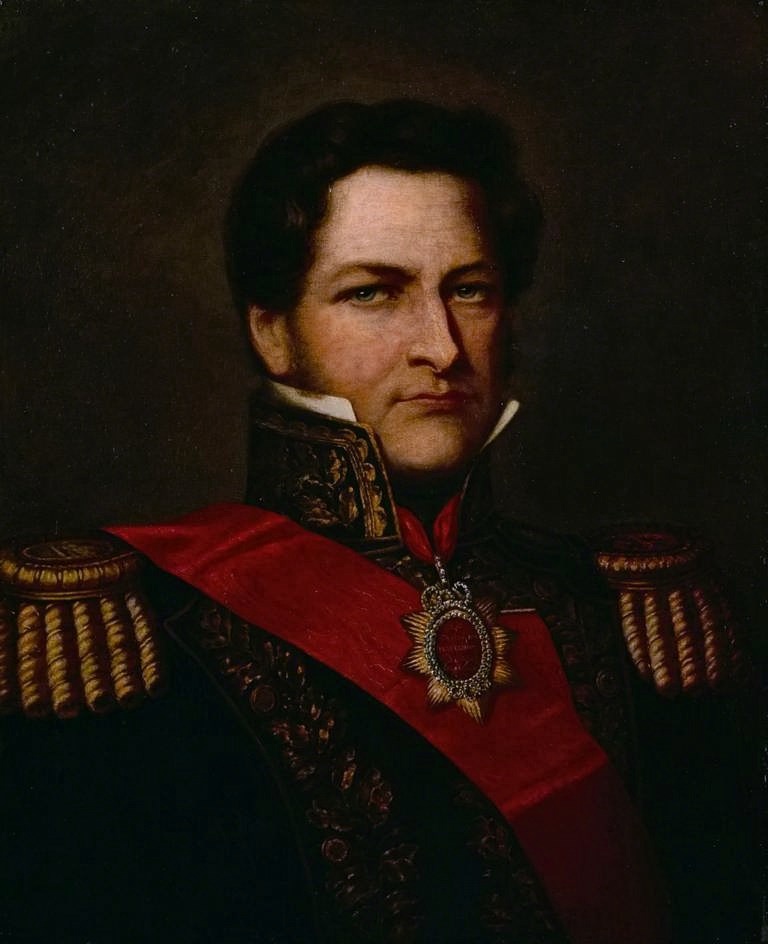The 70’s and 80’s in Latin America were plagued by military dictatorships, oppression, and human rights violations. Authoritarian regimes often abused power to repress political dissidents and the opposition. To mask brutality, human rights issues, and total power, the governments, at the time, resorted to distraction tactics creating greater enemies. This became the case in Argentina with the Falklands, and Colombia with the War on Drugs. While governments were seeking to distract people from internal conflict, the opposition was still going strong, and disappearances in countries such as Argentina and Chile became everyday scenarios.
Politicians and absolute power resulted in brutal regimes where the opposition was tortured and prosecuted to the point that not even family members unaware of what was going on where involved. Children of ‘desaparecidos’ were taken and given to different families to raise. This led to hundreds of missing kids whose family was left thinking of the worst. Young people were also disappeared with no apparent reason. The first to raise their voices against the disappearance of innocents where the Madres de la Plaza de Mayo. This group, formed by mothers, had as their primary objective to bring back the ‘desaparecidos’ alive, or at least find what had happened to their loved ones. As time went by, the group became strong advocates for justice against those in the Argentinian government that had committed crimes against humanity during the Videla dictatorship. This group of mothers stood up against impunity and essentially battled the government in search of justice for their disappeared children.
The common trend throughout Latin America of governments fiercely opposing political dissidents and leftist socialist groups while enacting totalitarian regimes left the made the majority of the population apathetic towards the government resulting in the successful campaigns to topple regimes such Pinochet’s in Chile, Videla’s in Argentina, and Somoza’s in Nicaragua. The people eventually regained democratic power, and as the Cold War came to an end, the political influence that the United States held within Latin America was no longer necessary to wage proxy war against the USSR. Although many human rights violations, and government sponsored atrocities have gone unpunished, it can be said that a strong nation can beat an oppressive government and come to peace with violence as many of Latin America’s countries have done in the past 30 years or so.
